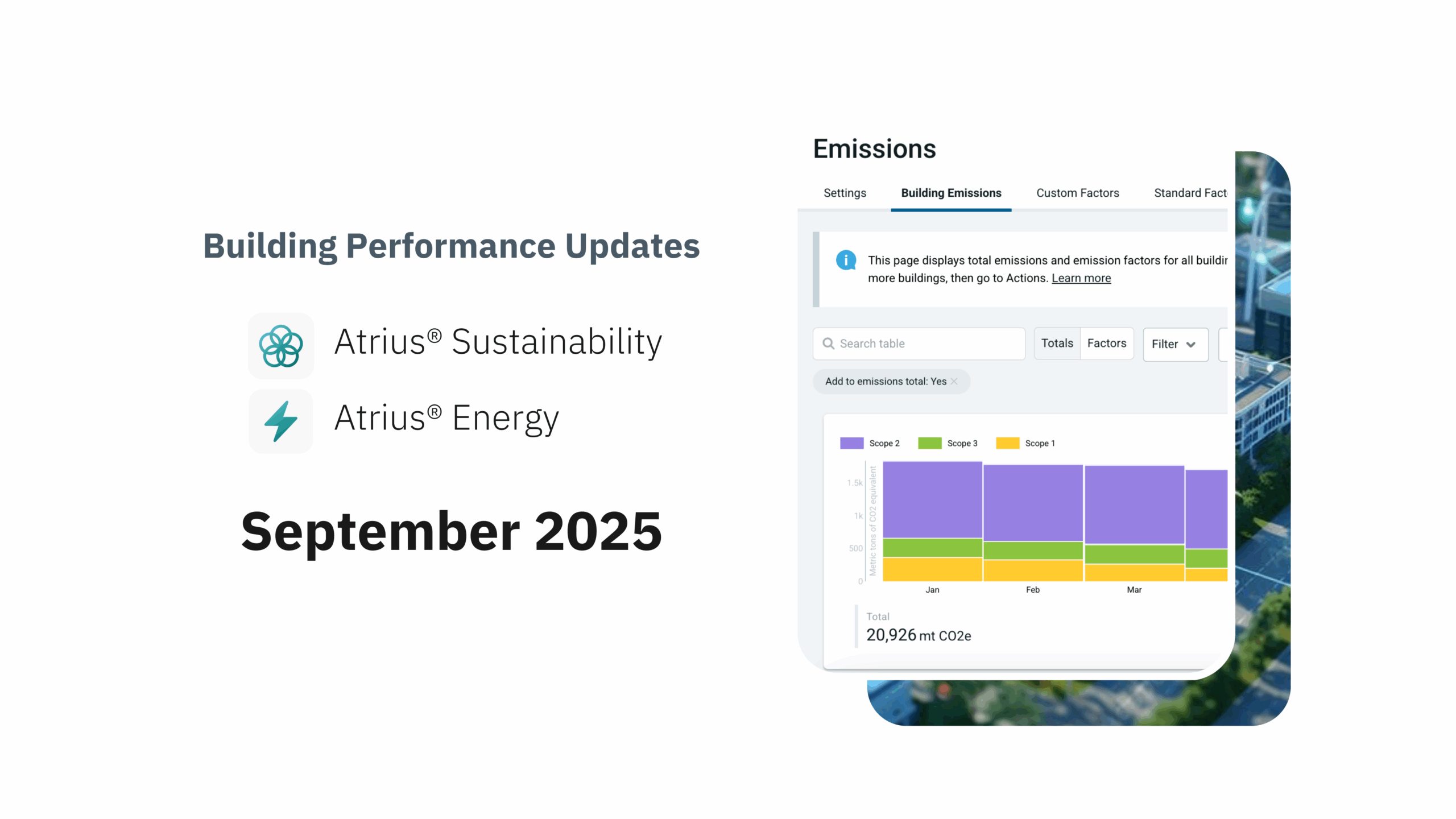Earth Day is our global annual opportunity to appreciate and invest in our planet. And these days, with changing climates, including heat waves, droughts, and torrential rains often in the headlines, higher education is taking the spotlight to address these issues, spread awareness, and create the change we need to see for planet Earth.
“Thousands of colleges and universities organized protests against the deterioration of the environment, and there were massive coast-to-coast rallies in cities, towns, and communities.”
~earthday.org
As the recognized birthplace of Earth Day, environmental awareness is well-established at institutions of higher education (IHE). Over 1,000 universities and colleges worldwide have joined the UN-sponsored Race to Zero campaign. This global initiative addresses the climate crisis by accelerating the transition to a net-zero emissions economy by 2050 at the latest. IHEs are honoring the Race to Zero pledges in numerous ways, big and small. As higher education continually invests in making campuses not only technologically advanced but energy efficient and sustainable, they also have an imperative need to inspire the next generation of sustainability leaders.
Let’s take a deeper look at how campuses are incorporating sustainability initiatives throughout their entire ecosystem.
Enhancing older buildings with new technologies
According to a new survey by The Society for College and University Planning (SCUP), 84% of its member institutions reported they plan to update or adapt their facilities over the next year. By enhancing older buildings with new technologies, universities and colleges can become more sustainable. For instance, installing smart thermostats that detect when a room is empty and adjust the temperature accordingly can reduce energy usage. Additionally, replacing older light bulbs with LED bulbs can reduce energy consumption by up to 75%. Adopting these technologies makes IHEs older buildings more efficient, saves energy, and reduces the school’s carbon footprint.
Here comes the sun
Heating, cooling, ventilation, computing, water, and lighting all add up in expenses and carbon emissions. Another way universities and colleges can become more sustainable is by implementing solar power. According to YSG, more than 40 IHEs in the United States run on 100% renewable energy, including solar panels. Even in areas we don’t typically associate with year-round sunshine. In addition to its Wind Project, Boston University has also committed to solar energy as well, “matching 100% of electricity needs with new renewable resources.”
Reduced operating costs, energy autonomy, low maintenance costs, flat rooftops for installation, and reduced carbon footprints make solar power an attractive energy option in higher education. But most importantly, leaders can “practice what they preach” in their environmental courses.
Green (not the color) cars
Reducing transportation emissions is part of any comprehensive IHE sustainability plan. According to ChargePoint+, the top five colleges and universities with charging stations among their total network of 1,134 are
- University of California at Davis: 38
- Towson University, Maryland: 36
- Santa Clara University, California: 26
- Western Michigan University: 22
- Massachusetts Institute of Technology: 21
IHEs can support individual and organizational sustainability efforts by installing EV charging stations in student, faculty, and visitor parking lots campuswide.

Speaking of transportation
Colleges can up their eco-friendly game by offering creative ways to get around campus. Imagine zipping around on bikes, electric golf carts, or even electric scooters to lower emissions while making campus life fun. The University of South Florida in Tampa operates 700+ golf carts, along with a cart safety training program to minimize risk between pedestrians, bicyclists, skateboarders, scooters, and passenger vehicles.
Setting up shuttle services and pushing for public transportation, so students, teachers, and staff can leave their cars at home advances sustainability goals, too. Student engagement and facilities management departments could co-sponsor a “Greenest Commute Challenge” where students and faculty compete for eco-friendly prizes or special parking spots.
How are we measuring progress?
Achieving sustainability goals requires monitoring and the ability to efficiently adjust efforts, especially resource usage. Innovative, reliable technologies to measure and track energy and sustainability data are crucial. Tools like Atrius® Sustainability and Atrius® Energy, help campuses harness energy data for use by the entire campus and beyond.
Ohio State University measured its campus energy usage by creating campus energy competitions that measured and compared energy consumption between 15 dorms over three weeks. This competition not only created awareness and comradery between students, but it also helped Ohio State University track, measure, and reduce its own buildings in a fun way.
According to the 2022 State of Corporate Sustainability Report, 50% of higher education leaders surveyed say their campuses are on track to achieving sustainability goals.
It’s impossible to overstate the significant opportunities for institutions of higher education to advance local and global sustainability goals. From major initiatives like the $1.69 billion Stanford Doerr School of Sustainability, the university’s first new school in 70 years, raising the bar to install low-flow faucets, universities, and colleges are accelerating the Race to Zero.
Let the Students Lead
IHEs are refocusing on sustainability to positively impact enrollment. According to the 2022 Forrester Consulting report, leaders at 105 schools said knowing students might choose their institution based on its sustainability values is the biggest driver for showcasing and advancing environmental commitments.
Why Students Matter
A recent Inside Higher Ed survey revealed 45% of student respondents considered environmental sustainability in their college enrollment decision. In addition, almost twice as many (85%) think prioritizing sustainability is at least somewhat important. Engaging these students accelerates success in multiple arenas of campus life.
Curriculum
Sustainability-focused courses in college curricula foster creative problem-solving skills, enabling students to address global challenges. These classes also cultivate environmental awareness, empowering students to make informed decisions about resources and consumption. Additionally, sustainable education prepares graduates for careers in the expanding green economy, positioning them for future success in industries dedicated to environmental preservation and social responsibility.
Advocacy
Students can champion sustainability by informing their peers and the wider community about eco-conscious living. They can arrange engaging events such as green fairs or host speakers discussing environmental solutions. Moreover, they can collaborate with local authorities and community groups to advocate for sustainable policies and practices.
Utilizing social media and campus publications, learners can share the impact of their projects, spreading eco-conscious values within their communities and beyond. In addition, networking with other campuses, regional organizations, and national sustainability groups enables them to share best practices, learn from each other, and scale up their initiatives.
By supporting student-led sustainability initiatives, higher education institutions can create a culture of sustainability that promotes positive change for both the campus and the broader community.
56% of higher education respondents from the 2023 State of Corporate Sustainability Report say that social impact and community engagement play an integral part in their ESG goals and strategy.
Investing in sustainability, one step at a time
Investing in sustainability in higher education is responsible and forward-thinking. It’s about leaving the world better than we found it and inspiring the next generation of leaders to make sustainability the norm. We owe it to ourselves, future generations, and our planet.
If you are a higher education leader looking for tools and solutions to manage your sustainability data or don’t know where to start, learn more about Atrius or contact us.



